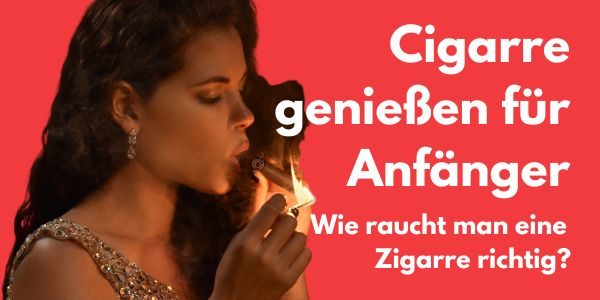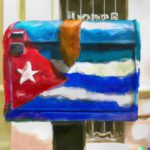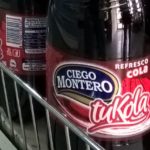Letztes Update: 24. May 2021
Cuba Libre – the classic Cuban cocktail
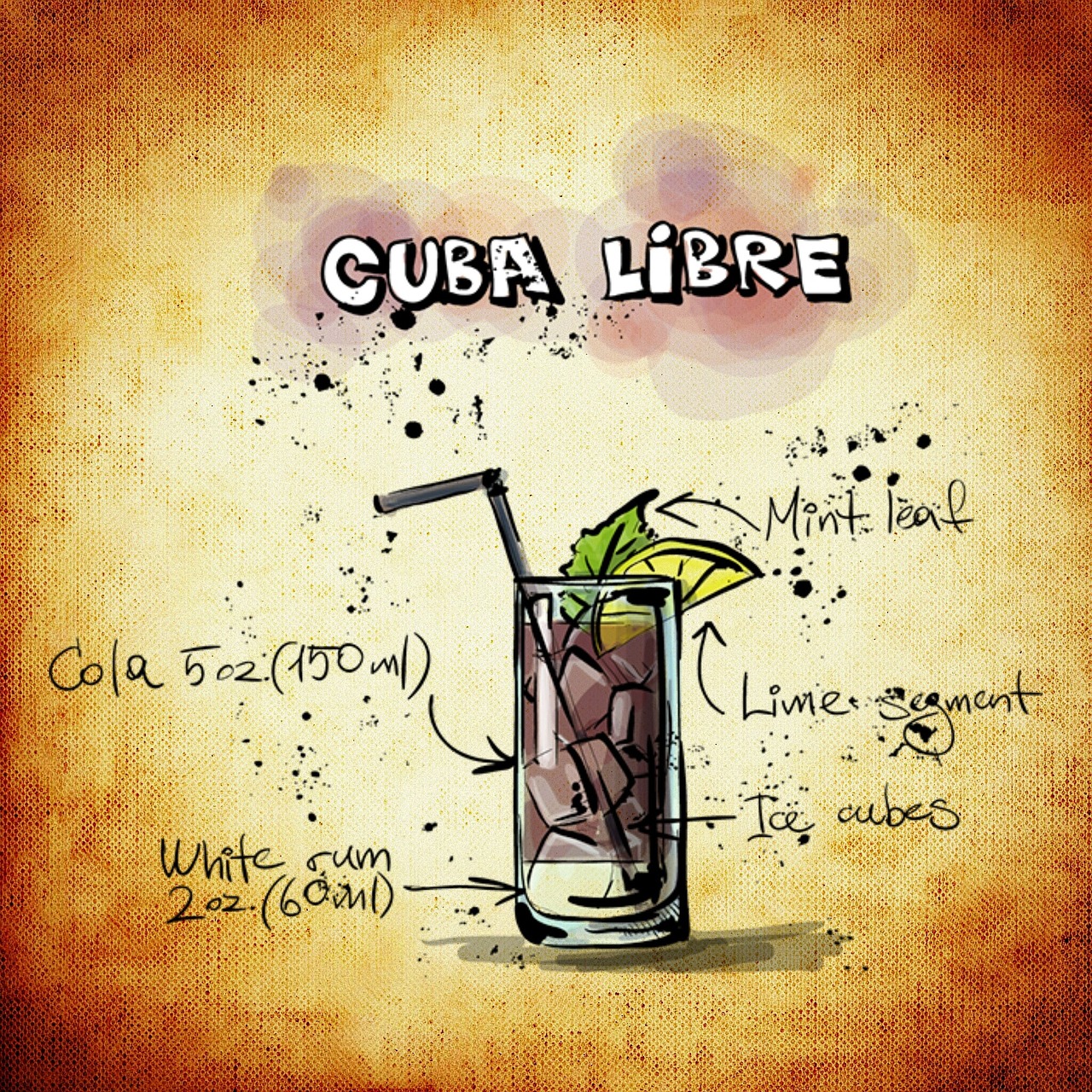 If you’re traveling to Cuba, you simply can’t avoid drinking a good Cuba Libre: Coke, rum and a little lime juice, a handful of ice cubes and you’re holding the simplest of Cuban cocktails in your hands
If you’re traveling to Cuba, you simply can’t avoid drinking a good Cuba Libre: Coke, rum and a little lime juice, a handful of ice cubes and you’re holding the simplest of Cuban cocktails in your hands
Or just drink it at the Malecón, with a can of tuKola: drink a little cola and then top it up with rum, again and again, then you have the classic Rum-Cola. Both the cocktail and the street mix are delicious ?
The Cuba Libre – a cocktail?
 The difference between Rum-Cola and Cuba Libre is the lime. The lime is what makes Rum-Cola a cocktail. So we are dealing with a rather simple cocktail, also a highball (a little alcohol, a lot of soft drink), and a cocktail that is described in the literature as boring or for lazy people. But because of the availability of its ingredients and its simple preparation – there is actually rum and coke everywhere cheap and everybody can pour it together – it is one of the most widespread mixed drinks of all.
The difference between Rum-Cola and Cuba Libre is the lime. The lime is what makes Rum-Cola a cocktail. So we are dealing with a rather simple cocktail, also a highball (a little alcohol, a lot of soft drink), and a cocktail that is described in the literature as boring or for lazy people. But because of the availability of its ingredients and its simple preparation – there is actually rum and coke everywhere cheap and everybody can pour it together – it is one of the most widespread mixed drinks of all.
Despite its simplicity, the Cuba Libre is also widely used in bars. After all, it makes it to number 50 on the most popular cocktails in the world’s top cocktail bars (Mojito number 10, Daiquiri number 5). The bartender will also be pleased, as the drink is nothing special, but especially pleased on a busy Saturday evening as it is quickly prepared!
Where does that name come from?
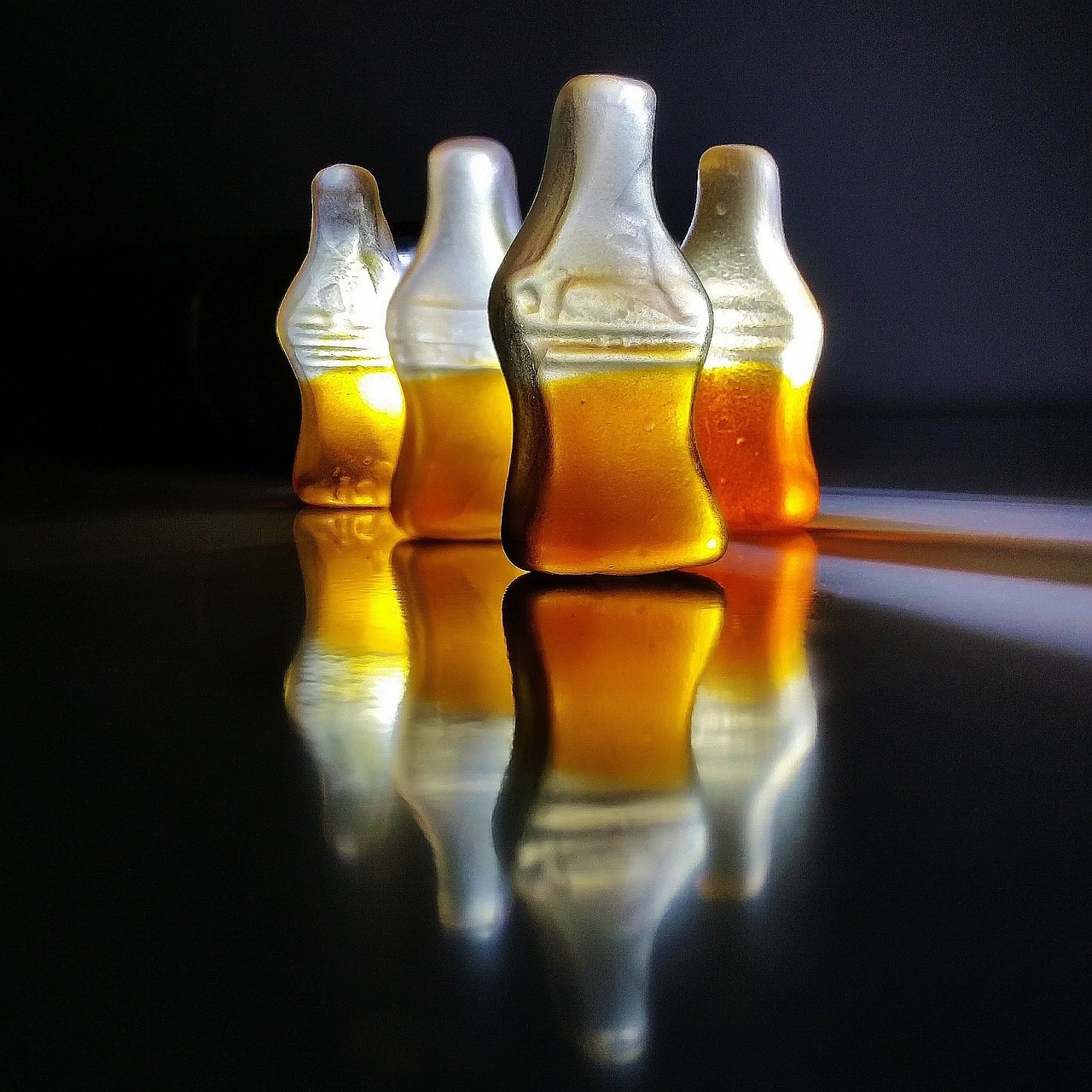 The Cuba Libre was invented around the early 1900s in Cuba, but nobody knows the exact history. Barcardi and Havana Club spread different stories about the origins of the Cuba Libre-it’s not surprising if we look at the situation of the two companies (Barcardi even has a Havana Club in the US market that’s made in Puerto Rico!) But it is very likely that many people invented the Cuba Libre because it is so simple to mix ? How the name “Cuba Libre” came about is not clear either. There was probably already a drink called Cuba Libre before the 1900s, which consisted of brown sugar and water. So the name was simply adopted to toast the freedom of Cuba – and you have to admit that it is nicer to toast with rum than with sugar water! The popularity and love for the “Cuba Libre” (Free Cuba) was widespread during the Cuban War of Independence from Spain, but at that time there was no Coca-Cola then (not until 1900).
The Cuba Libre was invented around the early 1900s in Cuba, but nobody knows the exact history. Barcardi and Havana Club spread different stories about the origins of the Cuba Libre-it’s not surprising if we look at the situation of the two companies (Barcardi even has a Havana Club in the US market that’s made in Puerto Rico!) But it is very likely that many people invented the Cuba Libre because it is so simple to mix ? How the name “Cuba Libre” came about is not clear either. There was probably already a drink called Cuba Libre before the 1900s, which consisted of brown sugar and water. So the name was simply adopted to toast the freedom of Cuba – and you have to admit that it is nicer to toast with rum than with sugar water! The popularity and love for the “Cuba Libre” (Free Cuba) was widespread during the Cuban War of Independence from Spain, but at that time there was no Coca-Cola then (not until 1900).
The spread of the Cuba Libre
The Cuba Libre became very popular shortly after 1900 when Coca-Cola began to export bottles to Cuba. Havana was already known as one of the few warm-weather cities and its widespread use of iced drinks – the ice was still delivered by ship in the 19th century. This of course helped the spread of the Cuba Libre.
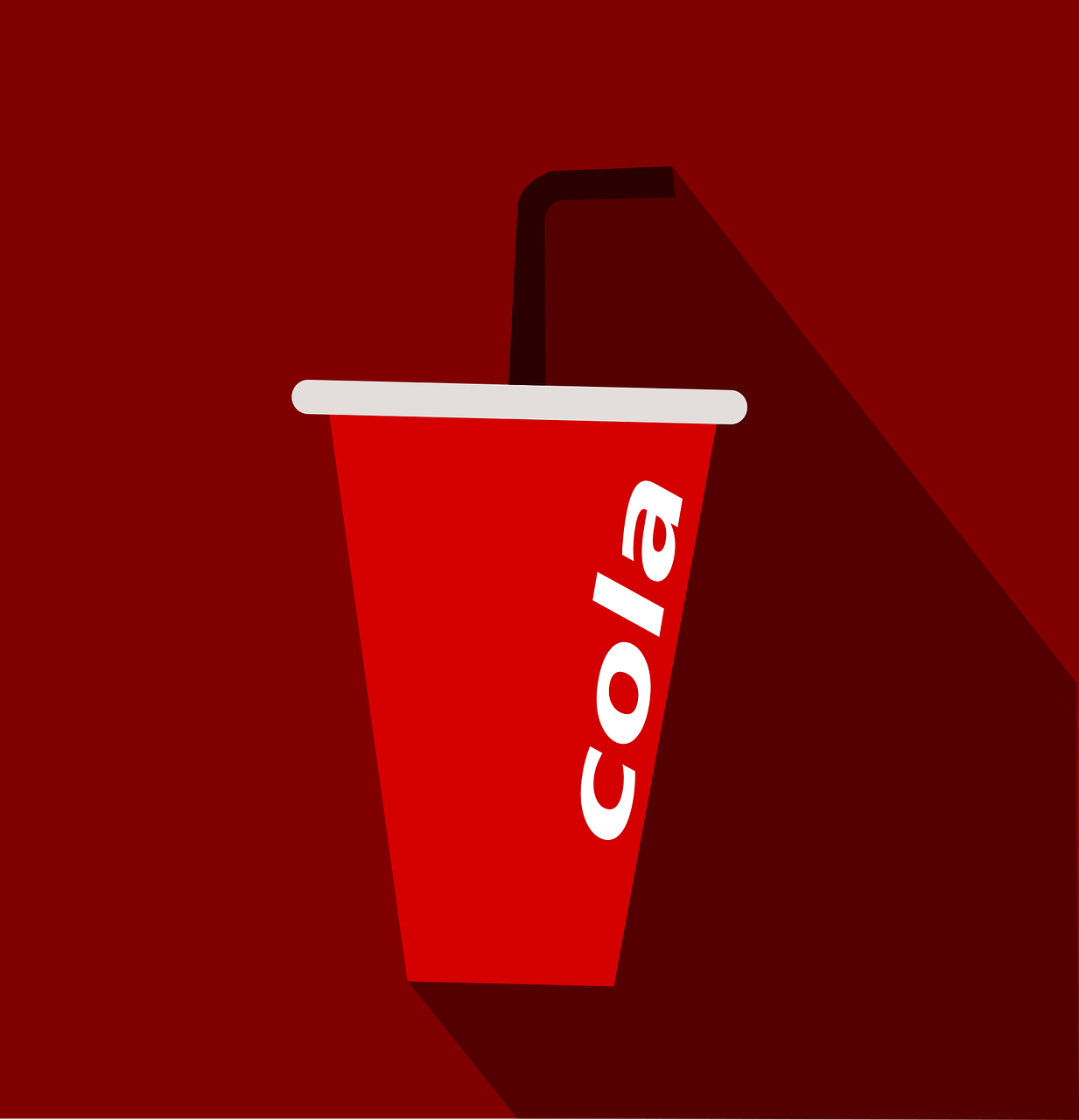 At the same time, the cola in the drink also masks the taste of bad rum – so watch out in bars, is that really Havana Club in a bottle? ? During this time, alcohol wasn’t yet as high of quality as we expect it to be today and was generally a bit fizzy. The cola helped, of course.
At the same time, the cola in the drink also masks the taste of bad rum – so watch out in bars, is that really Havana Club in a bottle? ? During this time, alcohol wasn’t yet as high of quality as we expect it to be today and was generally a bit fizzy. The cola helped, of course.
Coca-Cola also helped Cuba Libre to spread widely during the Prohibition, as the alcohol was either home-made or imported black from Cuba – and thus rum, of course.
But the Cuba Libre achieved its worldwide breakthrough in the Second World War by stationing many US soldiers in the Caribbean, who took their preference for the drink back to the USA. At the same time, sugar and sugar-based substances were rationed in the USA due to the war – but not Coca Cola – and so, for the most part, only rum (from Cuban sugar cane) and cola were available. So mixing a Cuba Libre was the obvious choice. And from the USA the Cuba Libre then began its triumphal march around the world.
The recipe for Cuba Libre

Now the Cuba Libre is not really difficult to mix, but there is a recipe from the International Bartenders Association, which is the standard. Of course, there are many variations – ingredients, type of rum, type of cola – of which I have listed a few below.
Ingredients
- 5 cl white rum (three-year-old rum)
- 12 cl cola
- 1 cl fresh lime juice
The preparation
- Take a Collins glass (long and slim) – this is a glass that is also used for mineral water.
- Then fill 2-3 ice cubes into the glass.
- Pour the 5 cl rum over the ice.
- Fill it up with the 12 cl Cola, stir briefly.
- To decorate, put a slice of lime on the glass and a straw
- The Cuba Libre is ready.
In order to enhance the taste a little bit more, you can keep the lime peels from the lime juice and throw one of the lime peels into the glass before the cola (organic limes!) or first put the peels into the glass and mix them up. The bitter substances of the lime peel give the Cuba Libre more elegance.
Variants
 Precisely because the Cuba Libre is so simple, it has a lot of variations, from the way it is prepared to the different ingredients used.
Precisely because the Cuba Libre is so simple, it has a lot of variations, from the way it is prepared to the different ingredients used.
The Cuban blend
In Cuba, as you have certainly experienced yourself, it is customary to reverse the ratio of rum to cola. The cola serves the color, the rum serves the taste. This has become even more difficult at the moment because it is harder to get cola than rum.
A small note for all those with Central European drinking habits: Cubans drink more, but also more slowly. This leads to great crashes of many of my German students, I could tell you some stories… ?
The Cubata
Also widespread and found on almost every cocktail menu in Cuba is the Cubata, which replaces the white three-year-old rum with a dark rum. I personally like it much better than the classic Cuba Libre. In Spain, by the way, the Cuba Libre is often called Cubata, so look out for what kind of rum they serve you in Madrid or Barcelona!
Bitter Cuba Libre (Preparado)
As already mentioned above, bitterness goes well with the sweetness of Coca-Cola. So Dave Wondrich still uses a few shots of Angostura – similar to the Cuban Mojito! – to refine the taste of the Cuba Libre.
Around 1900, a shot of gin, which is also somewhat bitter, was also used to enhance the Cuba Libre.
In Venezuela – where the Angostura comes from – the Cuba libre preparado is also served, a Cuba Libre with gin and Angostura.
Recipe Cuba Libre Preparado
- 3 cl lime juice
- 2 cl gin
- 6 cl rum
- 2 dashes Angostura Bitters
- Coke of course 😉
Put everything into a shaker which is filled 1/3 of the way up with ice cubes – i.e. the Cuba Libre Preparado, unlike the normal one, is not simply stirred together but really is shaken together.
Then strain the drink into a long drink glass filled with fresh ice cubes and top with cola until the glass is full.
It is nicely garnished with a slice of lime.
And now nobody can complain anymore that the Cuba Libre is too easy and certainly not that it is not a cocktail!
Prohibition Cuba Libre
I did not want to withhold from you the mixture that H.L. Mencken mentions in 1921 in the USA: Coca-Cola was drunk with denatured alcohol that was obtained from automobile radiators 😀
The Cuba Libre today
Embargo: Coca Cola vs. Cuban rum
 The biggest problem today is that there is no real Cuba Libre. So first of all, of course, when the Cuba Libre was invented, Coca-Cola was a brown, bitter lemonade that still contained cocaine as a stimulant. And so for certain reasons, it is no longer produced today ?
The biggest problem today is that there is no real Cuba Libre. So first of all, of course, when the Cuba Libre was invented, Coca-Cola was a brown, bitter lemonade that still contained cocaine as a stimulant. And so for certain reasons, it is no longer produced today ?
But the real reason is that we no longer have the real Coca-Cola in Cuba today. Now you will say: yes we do, it is imported from Mexico! And that’s exactly what I said until I did the research for this article. The Coca-Cola in Mexico is produced with cane sugar, the one in the USA is produced with wheat syrup (in Europe, by the way, beet sugar). And in the USA we can’t enjoy our Cuba Libre in the original form either, because the Havana Club there comes from Puerto Rico. Cuban rum cannot be imported into the USA because of the embargo. So there is no place on earth where normal Cuban rum and US-Coca-Cola exist at the same time!
Free versus not free
In Miami, the Cuba Libre is also often referred to as mentirita. Because from the point of view of Miami-Cubans, Cuba is not free. Well, I haven’t been there yet and I can’t confirm that, but I can tell you for the Cubans in Cuba, the Cuba Libre is freedom from the USA, which they celebrate when they toast!
Conclusion
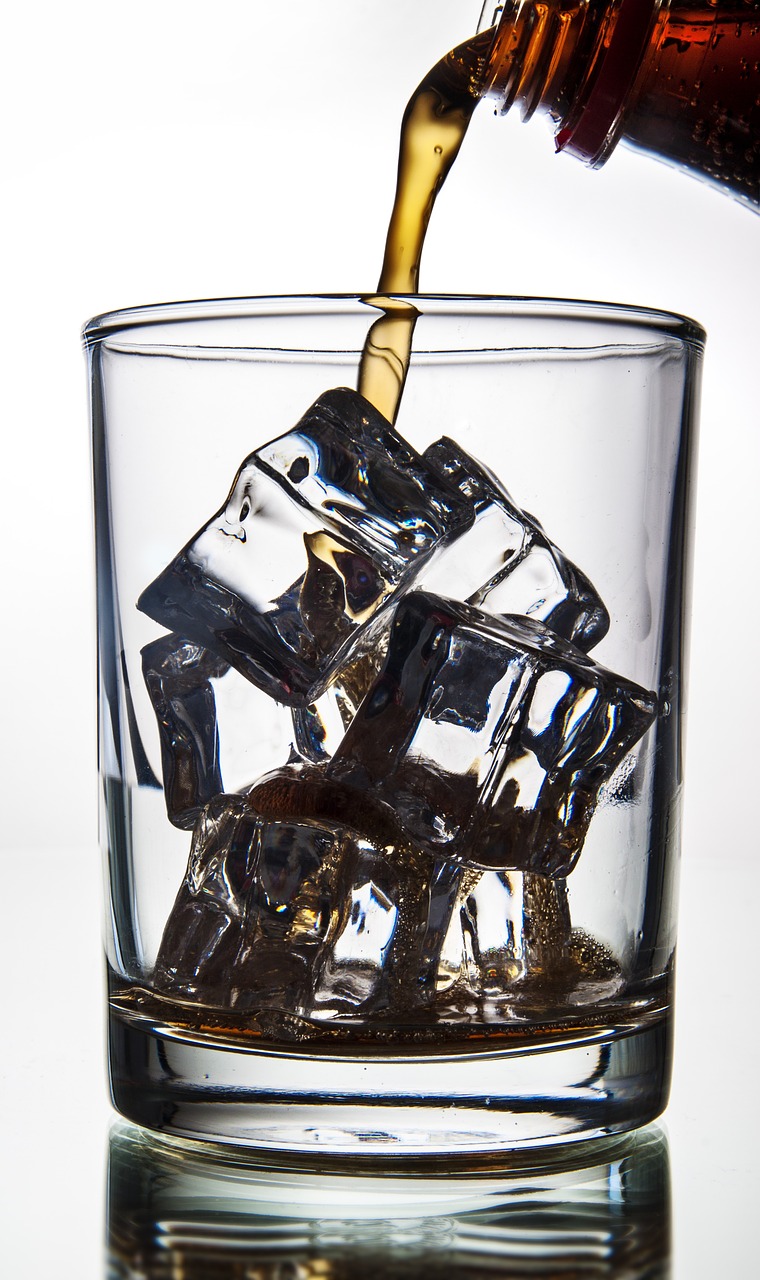 How is it possible that such an inconspicuous drink – cola, rum, and a little lime – has made itself so immortal? Other simple highballs don’t even have a special name (Gin Tonic, Vodka-O…) I think that’s the secret recipe that made the Cuba Libre so famous: it’s not just a simple long drink, but with every toast, it tells a story, the story of Cuba. The most beautiful Caribbean island, and that of freedom, who fought against the oppressors.
How is it possible that such an inconspicuous drink – cola, rum, and a little lime – has made itself so immortal? Other simple highballs don’t even have a special name (Gin Tonic, Vodka-O…) I think that’s the secret recipe that made the Cuba Libre so famous: it’s not just a simple long drink, but with every toast, it tells a story, the story of Cuba. The most beautiful Caribbean island, and that of freedom, who fought against the oppressors.
Quite apart from that, cola is also spread all over the world. And in countries that have a lot of rum and little beer or wine, like Cuba, it is the natural mixing partner.
What remains to be said is: push with your next Cuba Libre on me to
?Salud and Saludos,
Dietmar
And here for you, since it is so nice 🙂

